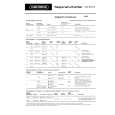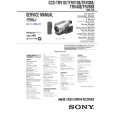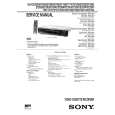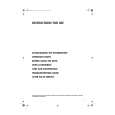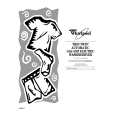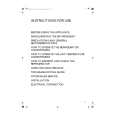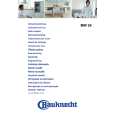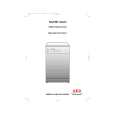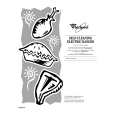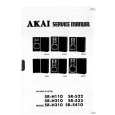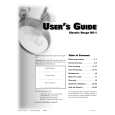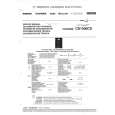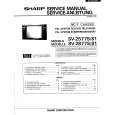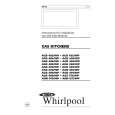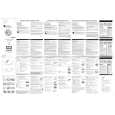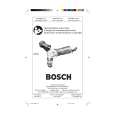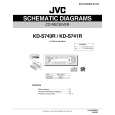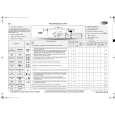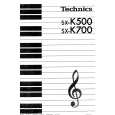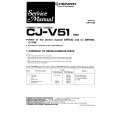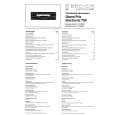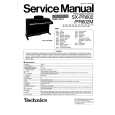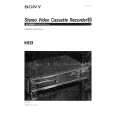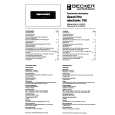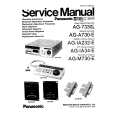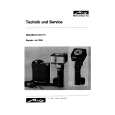|
|
|
Productos
|
|
Información
|
|
Destacado
|
|
|
 |
|
|
No hay comentarios de productos.
DSL 100 & DSL 50
Front Panel functions
1. Power Switch
On / Off Switch for mains power to the amplifier.
Reverb
9. Channel B
Controls the reverb level on Channel B.
10. Channel A
Controls the reverb level on Channel A.
2. Standby Switch
Controls H.T. or high voltage to the valves to allow them to attain correct working temperature before playing. To prolong the life of the valves it is always advisable to switch on the Mains Power Switch (item 1) about 2 minutes before switching on the Standby (item 2). On switching off, the Standby should always be switched before the Power Switch. The standby facility is particularly useful live between sets and before playing, as it allows you to keep the valves operating at a functional temperature but without any sound being produced.
Ultra Gain / Channel B
11. Volume
Governs the volume level of Channel B.
12. Lead 1 / Lead 2 Switch
The DSL 100 and DSL 50�s Channel B features two modes. The first, Lead 1, gives an open high gain crunch, with traditional Marshall characteristics, similar to a hot-rodded JCM 800 2203 master volume. The Lead 2 mode however gives a midboosted tone coupled with even higher gain possibilities.
3. Deep Switch
The Deep Switch adds a tuned or resonant bass boost to your sound, increasing bottom end thud, without making your tone woolly around the all important low end.
13. Gain
Controls the gain level for Channel B. As the amount of gain increases so will the distortion level in your sound.
14. LED
Indicates when Channel B has been selected.
4. Presence Control
Adds higher frequencies to the guitar tone, creating crispness and bite. Turning this up will make the sound more cutting and in your face.
15. Channel Switch
Selects Channel A or Channel B.
5. Treble Control
Controls the high frequencies of the guitar tone, making your guitar sound brighter when increased.
16. LED
Indicates when Channel A has been selected.
6. Middle Control
Dictates the middle register of the amplifier. Turning this up will make your guitar sound fatter. Conversely reducing the amount of middle in your tone will result in a sharper and thinner guitar sound for the classic �scooped� tone.
Classic Gain / Channel A
17. Volume
Governs the volume level of Channel A
18. Clean / Crunch
As with Channel B, Channel A features two modes. The first, Clean, is reminiscent of an early 1959 Plexi Super Lead head. Depending on Gain settings (item .19) this mode will take you from clean to a controlled Plexi style crunch. Crunch will take you up to a JCM 800 2203 style grind.
7. Bass Control
Controls the amount of low frequencies or bottom end in your tone.
8. Tone Shift
The Tone Shift Switch reconfigures the tone network components to give a new dimension to passive tone shaping. With the switch selected to the �in� position and the Middle Control (item 6) turned down the result is a scooped mid sound ideal for certain classic metal styles.
19. Gain
Controls the gain level for Channel A. As the amount of gain increases so will the distortion level in your tone.
20. Input
Jack input for guitar.
3
|
|
 |
> |
|
